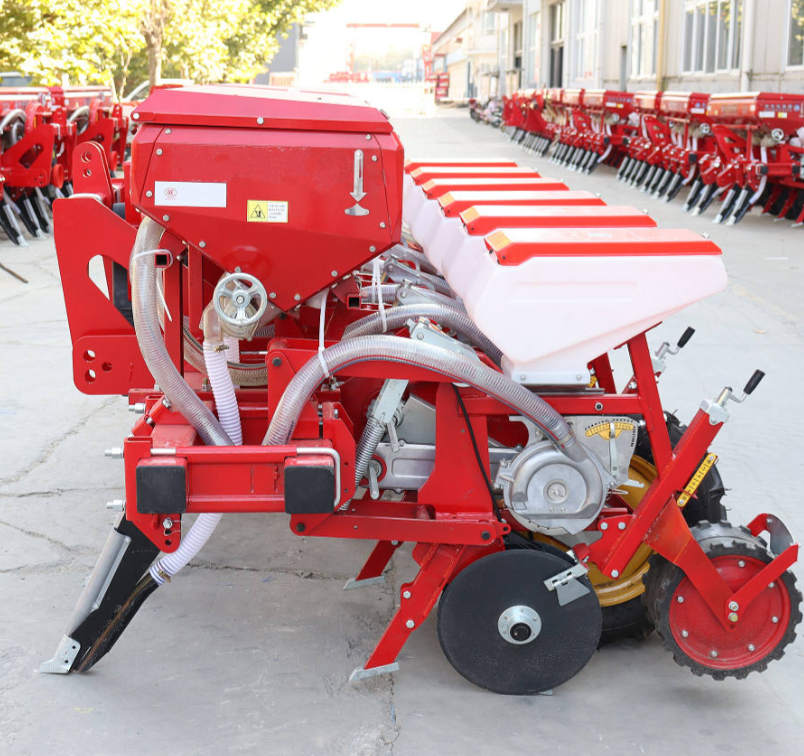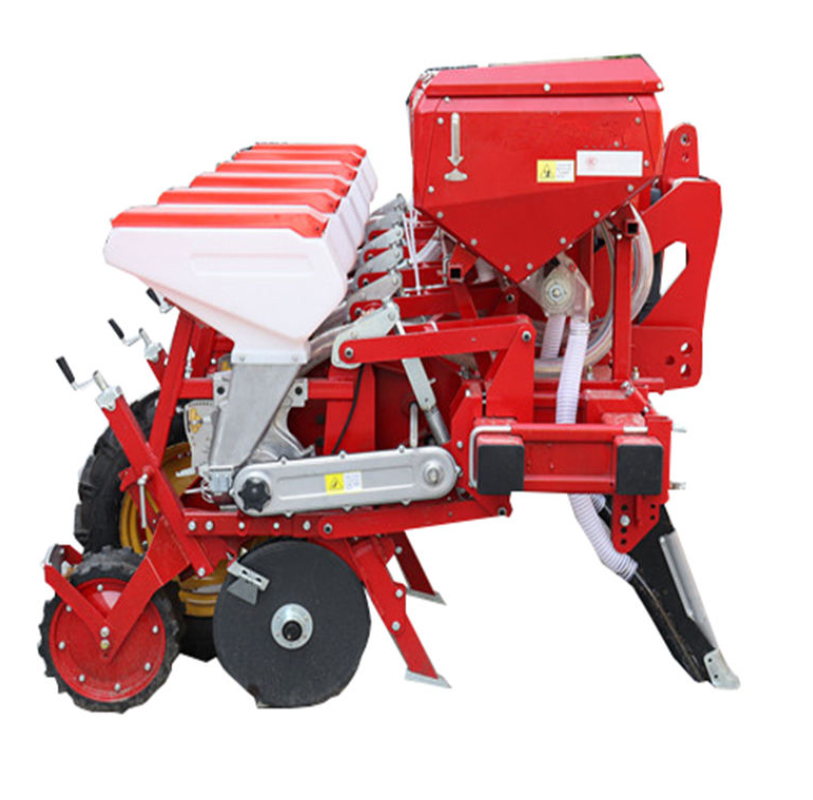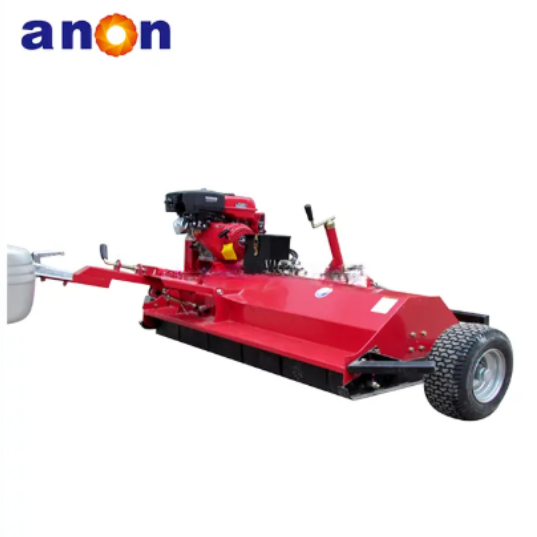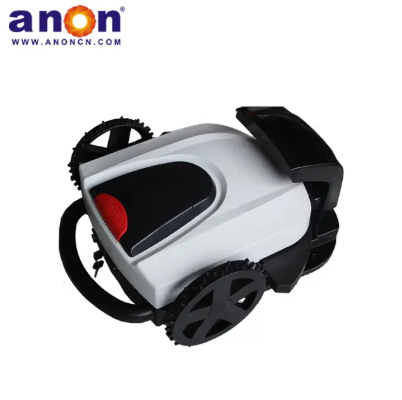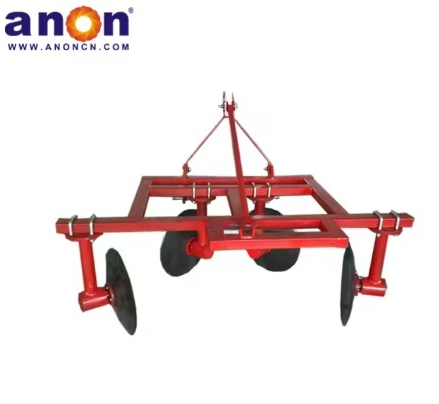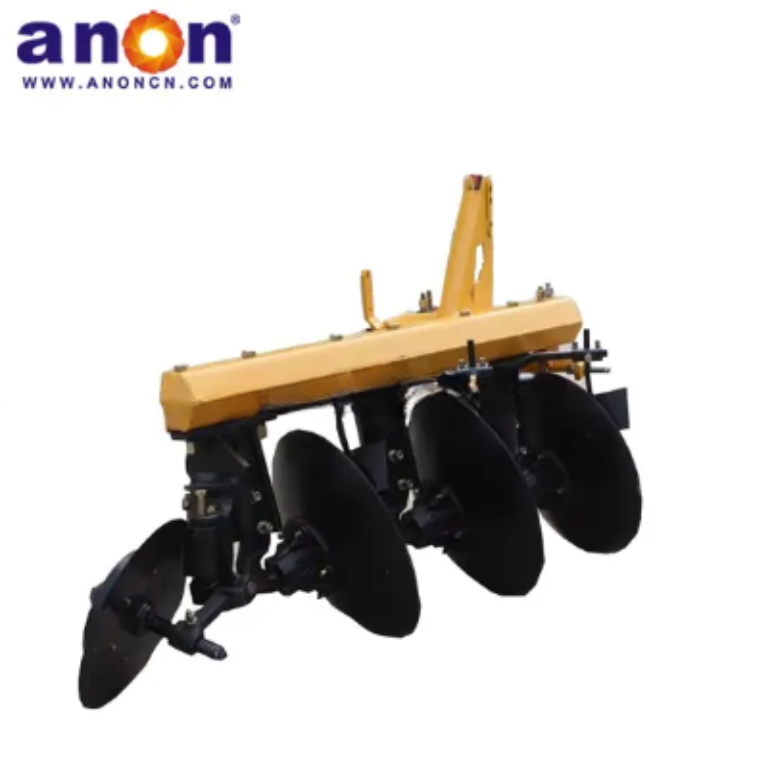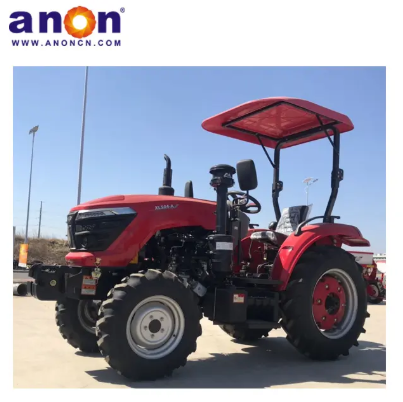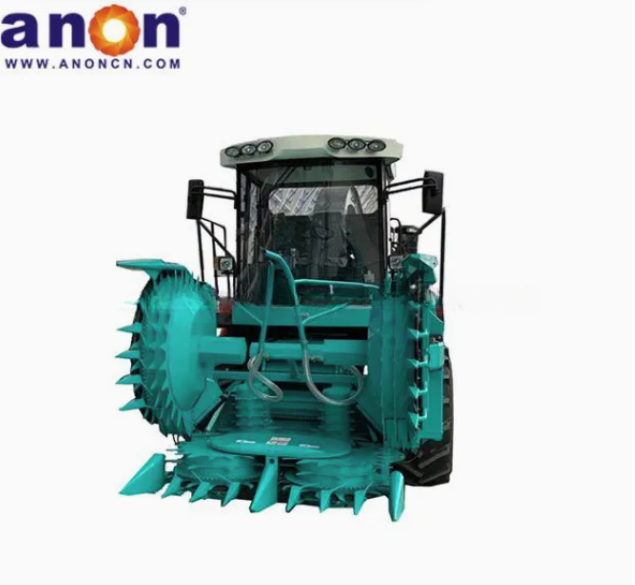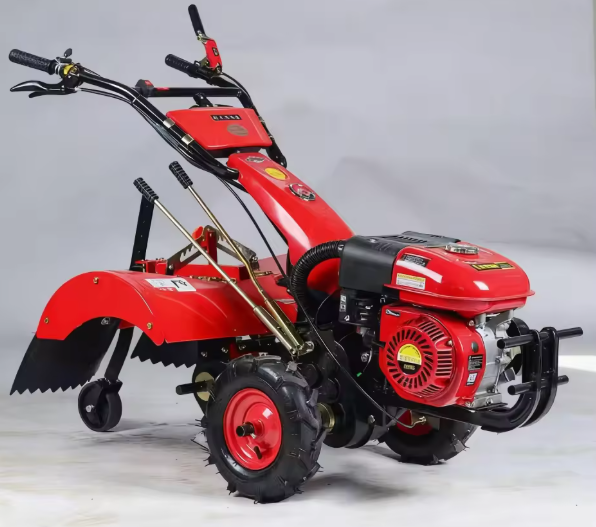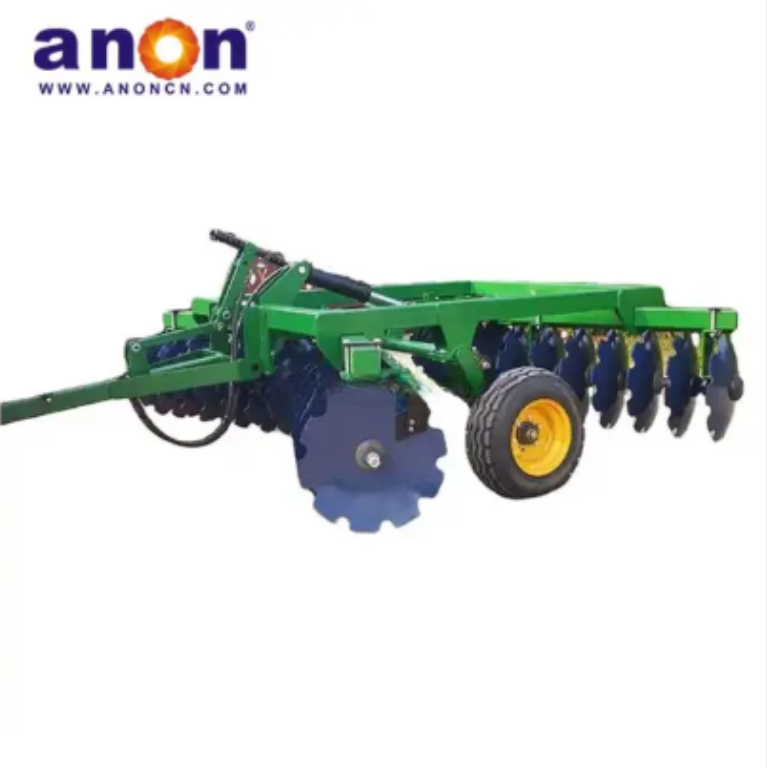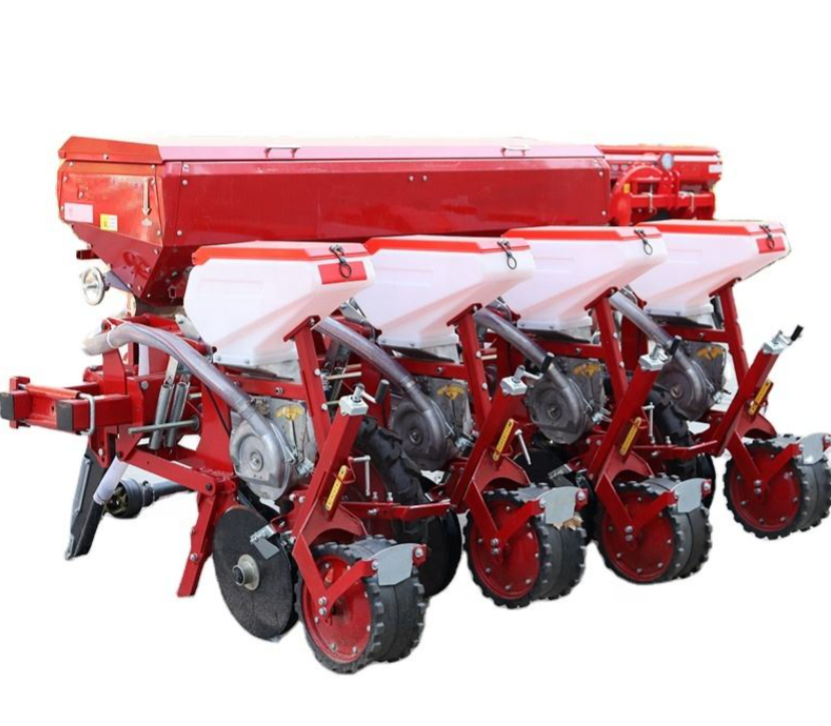
Hill Drop Planter
The hill drop planter accurately delivers seeds to the furrowed acupoints through sowing devices such as finger clip, air suction, wheel disc, etc., and then automatically completes soil covering and compaction, completing the entire sowing process in one go. Some models also integrate a fertilization system, which can achieve synchronous sowing and fertilization.
1. Suitable for tractors, flexible turning, and convenient turning in the field.
2. Real-time monitoring of seeding status, fault warning, and reduced downtime.
3. Accurate soil entry angle and consistent seed furrow depth to ensure full contact between seeds and soil.
4. Automatic compaction after sowing to conserve moisture and prevent drought, and the emergence rate can still be guaranteed in bad weather.
5. The row spacing and hole spacing are flexible and adjustable, and one machine can adapt to the needs of multiple crops.
Our Products
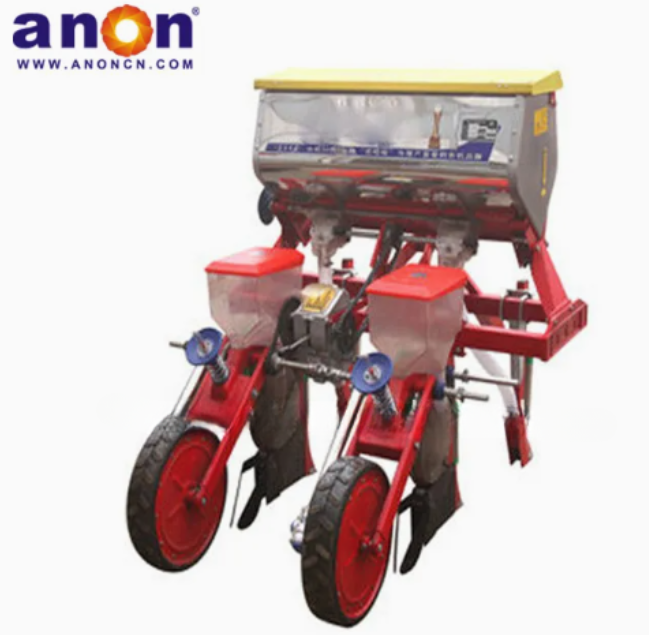
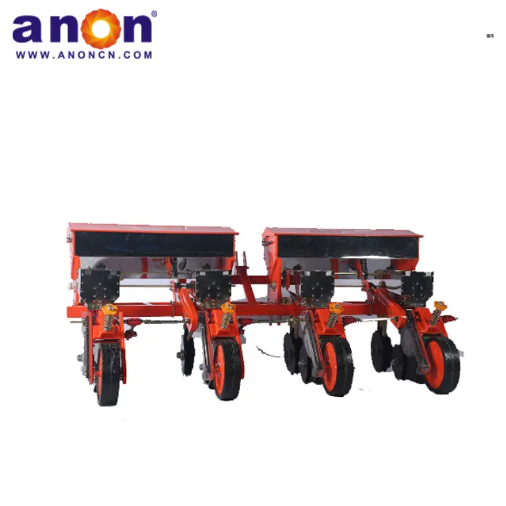
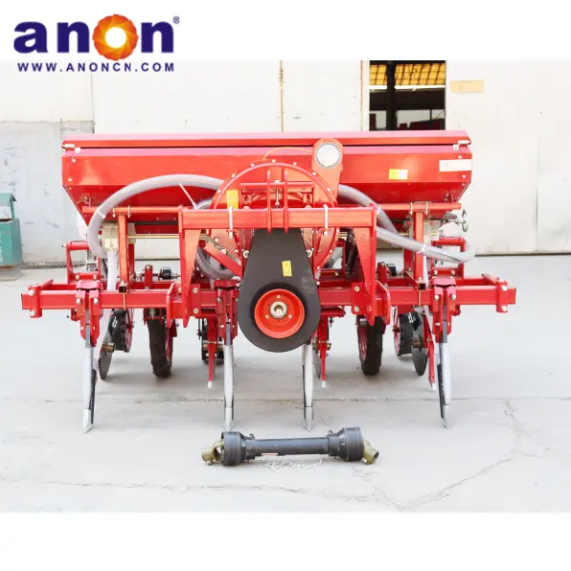
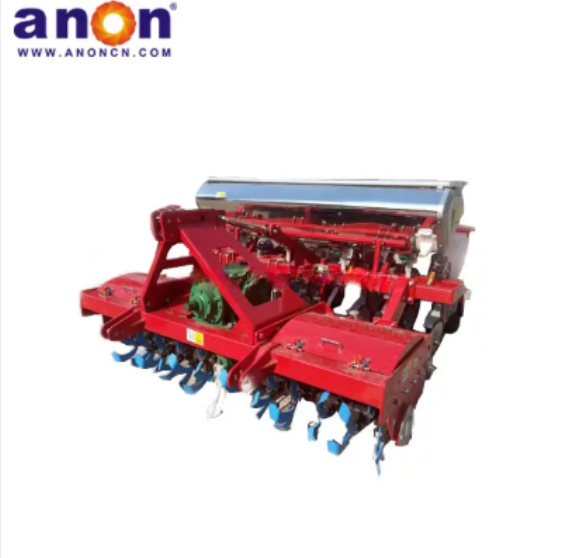
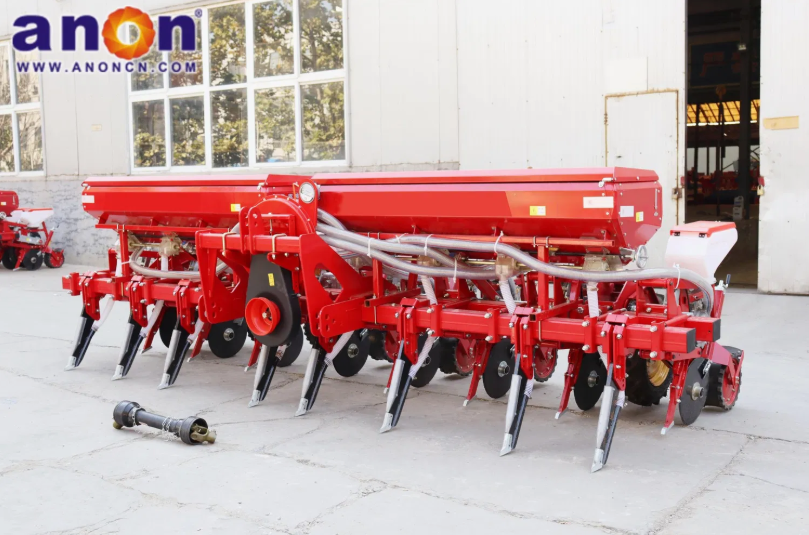
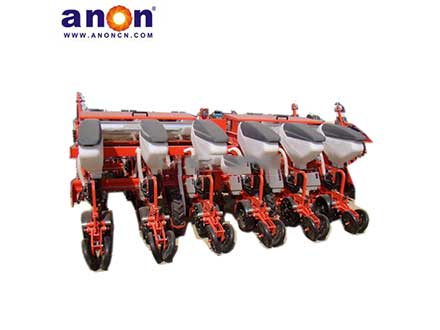
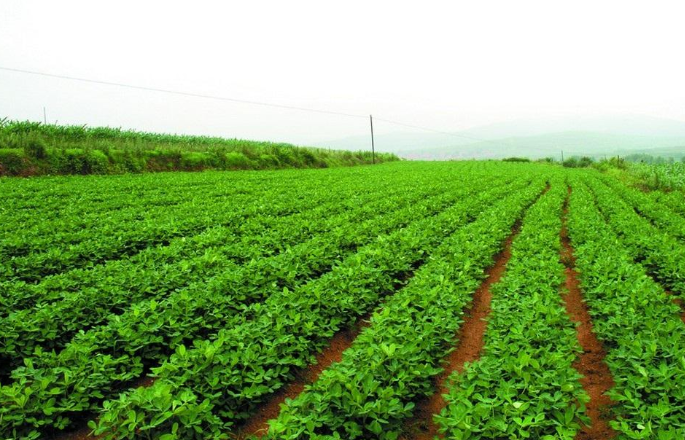
Applications
ANON hill drop planter is suitable for precision seeding of cash crops such as corn, soybeans, cotton, etc., in small and medium-sized farmlands, and is especially suitable for high-yield cultivation modes that have high requirements for planting density and uniformity of seedling emergence. The hole seeder is also highly adaptable to terrain and can easily cope with non-standard plots such as hills and mountains.
Why Choose ANON Hill Drop Planter?
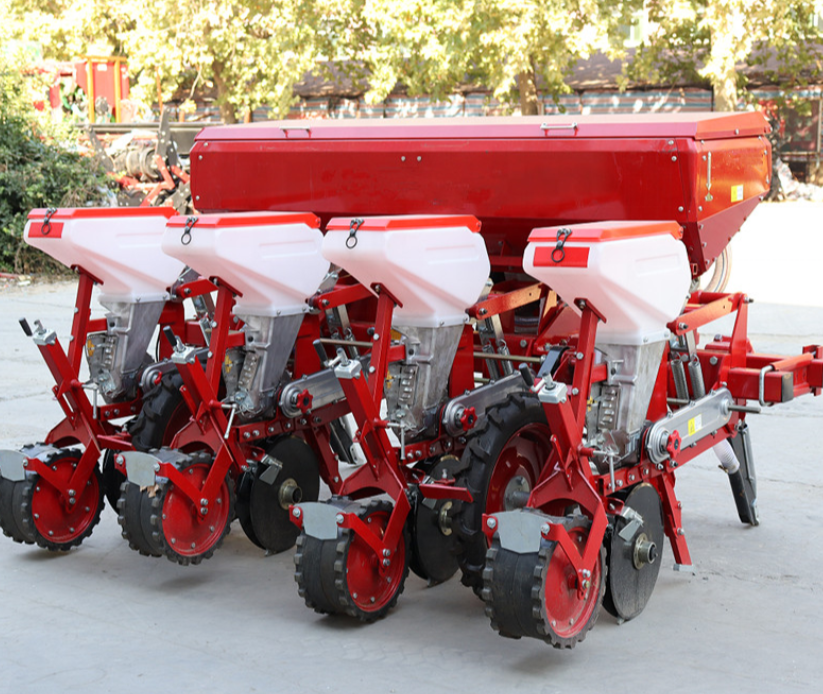
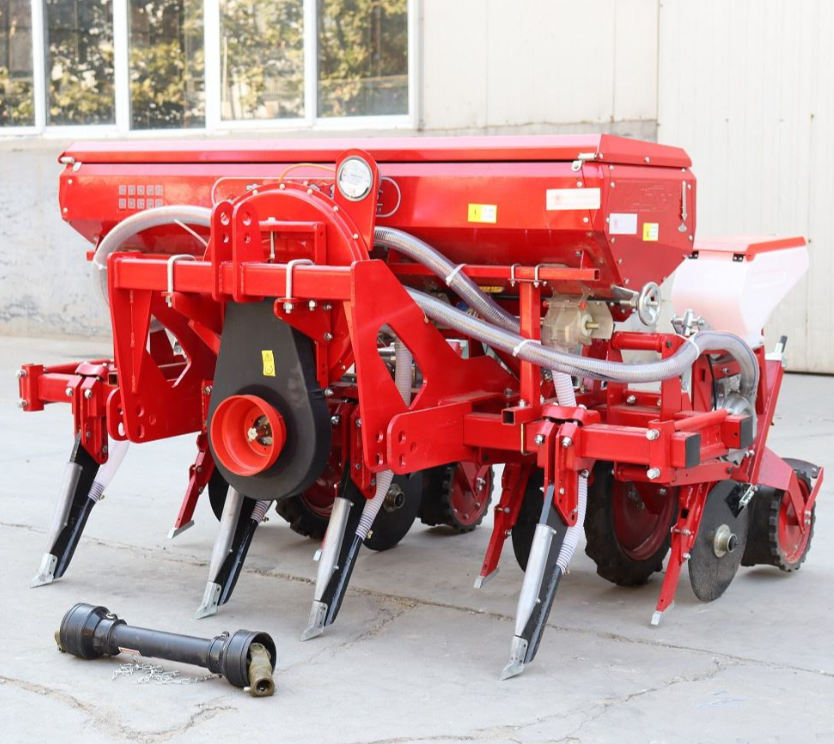
FAQ
Not recommended! Excessive humidity can lead to soil compaction, machine sinking, and easy seed decay. The optimal working conditions are moderate soil moisture.
Most hill drop planters are equipped with overload protection devices, which automatically stop or alarm when encountering obstacles, reducing the risk of damage. It is recommended to clean up the field debris before homework to extend the lifespan of the machine.
Due to precise sowing to reduce seedling shortages and broken ridges, as well as uniform plant distribution and better lighting and ventilation, theoretically, an increase in yield of 10% -20% can be achieved, while saving 30% of seed costs and intercropping labor costs.

